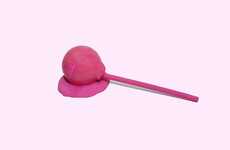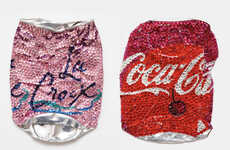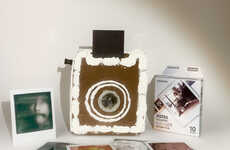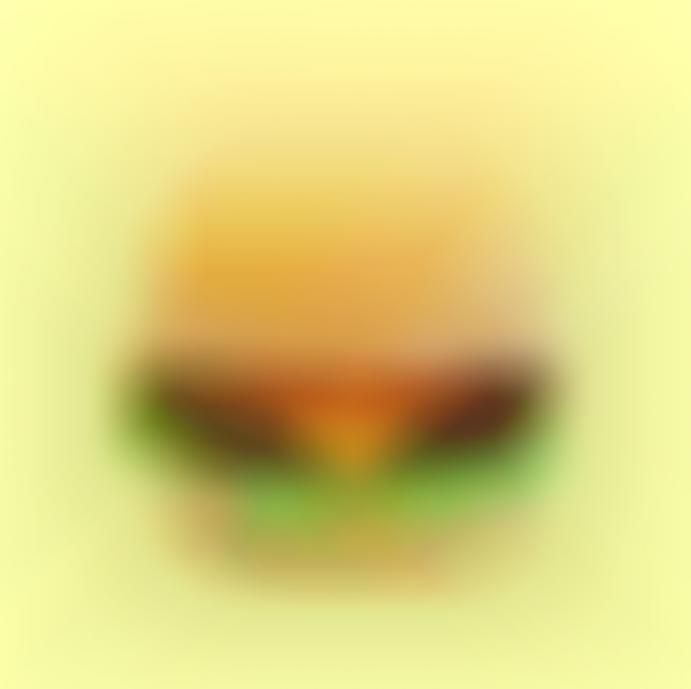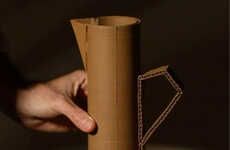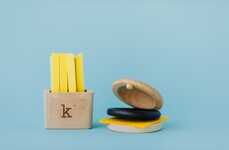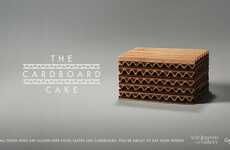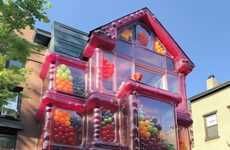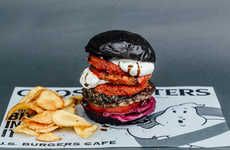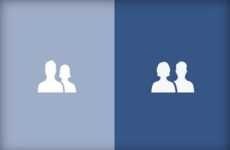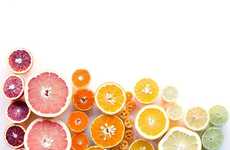
This Artist Creates Food Out of Random Household Items
Mishal Omar — June 18, 2016 — Art & Design
References: designbykristina & petapixel
The fake food photography created by Michigan-based artist Kristina Lechner is endearing and creative.
At first glance, it is difficult to imagine that these photos feature sculptures made from items such as sponges rather than actual food. In a photo project that she calls "Food Not Food," the artist takes random household items and creates realistic looking food sculptures out of them. One of the most visually interesting items she has created is a burger made from sponges, coasters, cloth and tissues. Another is made from a rubber band-wrapped light bulb that has been painted with eye shadow to resemble a pear.
This fake food photography proves that there is no method, item or process that should go unconsidered when it centers around trying to make visually appealing art.
At first glance, it is difficult to imagine that these photos feature sculptures made from items such as sponges rather than actual food. In a photo project that she calls "Food Not Food," the artist takes random household items and creates realistic looking food sculptures out of them. One of the most visually interesting items she has created is a burger made from sponges, coasters, cloth and tissues. Another is made from a rubber band-wrapped light bulb that has been painted with eye shadow to resemble a pear.
This fake food photography proves that there is no method, item or process that should go unconsidered when it centers around trying to make visually appealing art.
Trend Themes
1. Fake Food Sculptures - The trend of creating realistic looking food sculptures from random household items presents opportunities for innovative art installations or interactive experiences.
2. Unconventional Materials in Art - The trend of using unexpected materials like sponges, coasters, rubber bands, and light bulbs in art opens up possibilities for artists to push the boundaries of traditional techniques and mediums.
3. Deceptive Visual Illusions - The trend of deceptive food photography challenges the viewer's perception and presents opportunities for creative marketing campaigns or experimental design projects.
Industry Implications
1. Art and Sculpture - The art and sculpture industry can explore innovative concepts and techniques by incorporating fake food sculptures and unconventional materials into their creations.
2. Marketing and Advertising - The marketing and advertising industry can leverage the trend of deceptive food photography to create captivating and attention-grabbing campaigns that challenge consumer expectations.
3. Product Design - The product design industry can draw inspiration from the use of unexpected materials in art to create innovative and visually impressive product concepts that defy conventional norms.
6.2
Score
Popularity
Activity
Freshness


